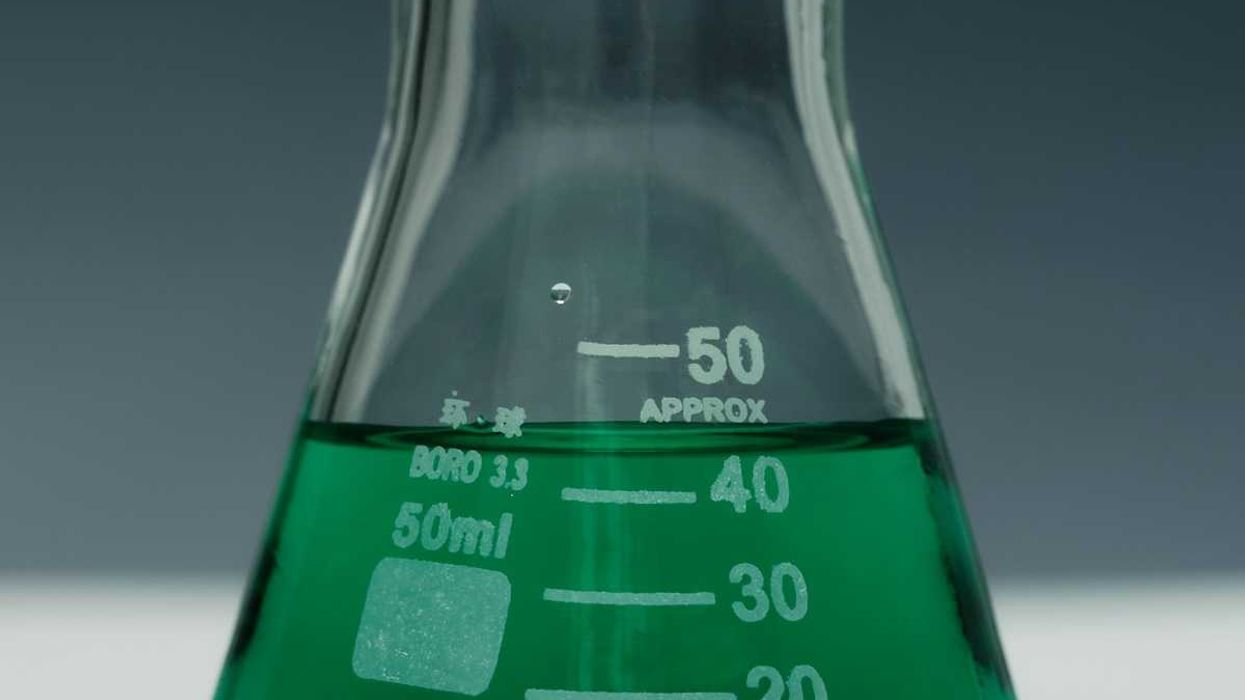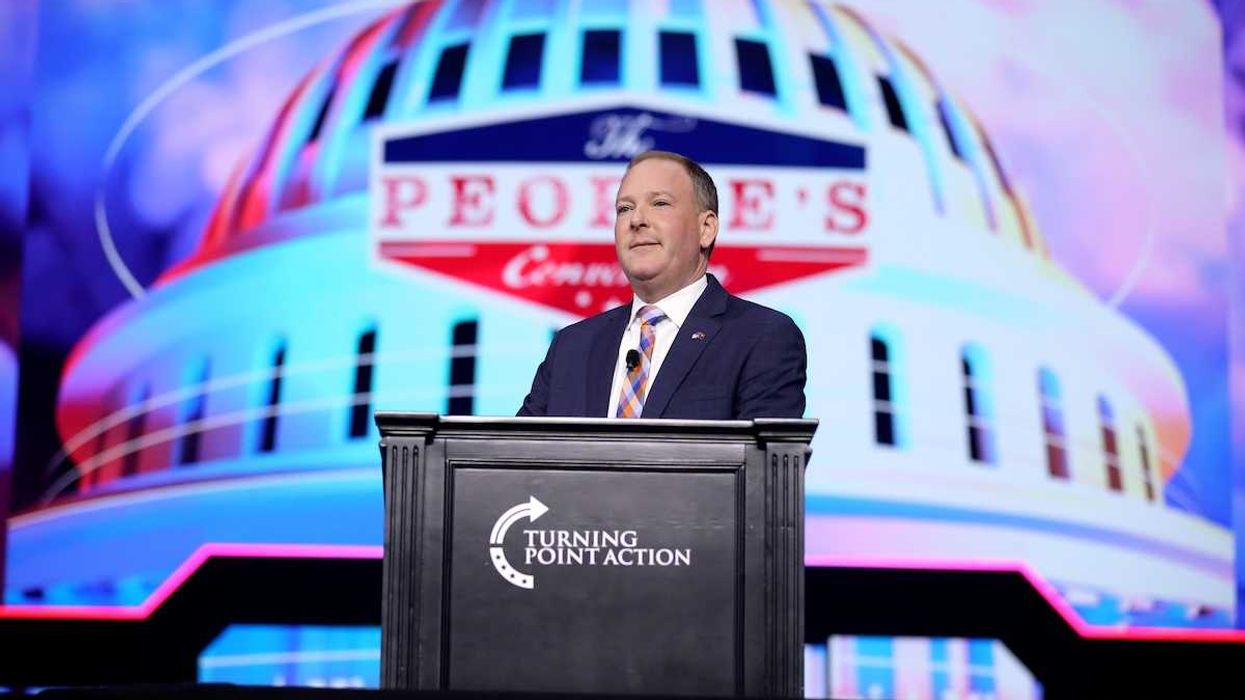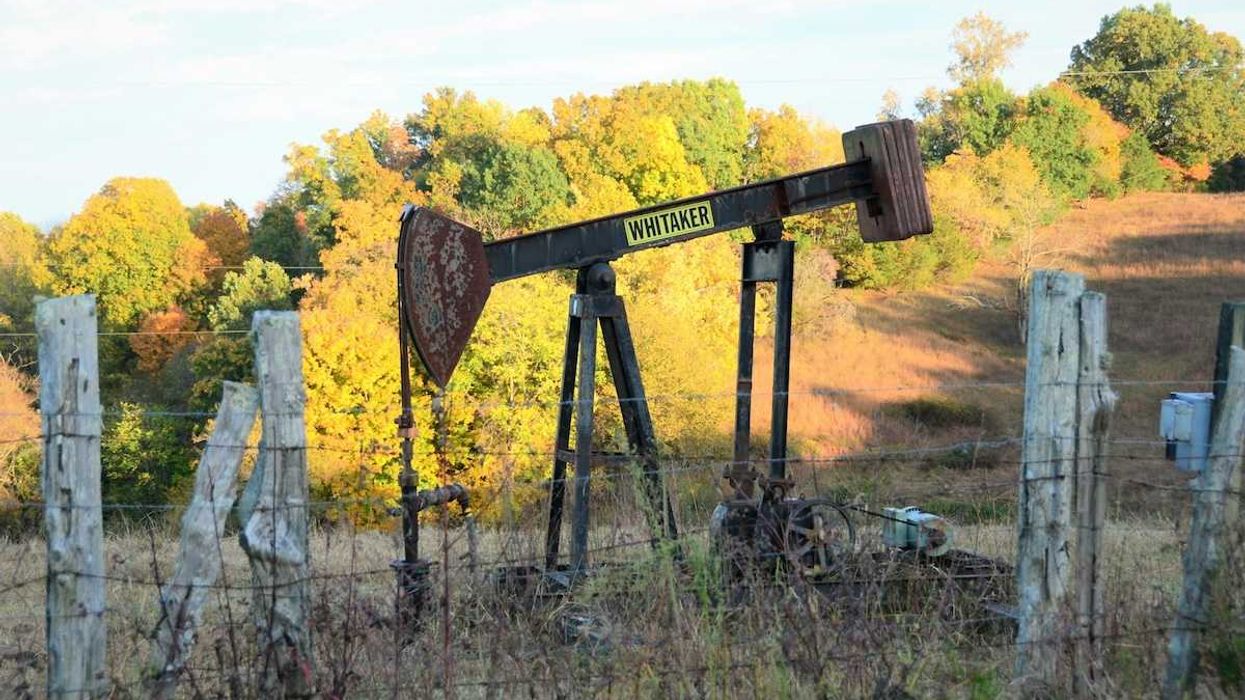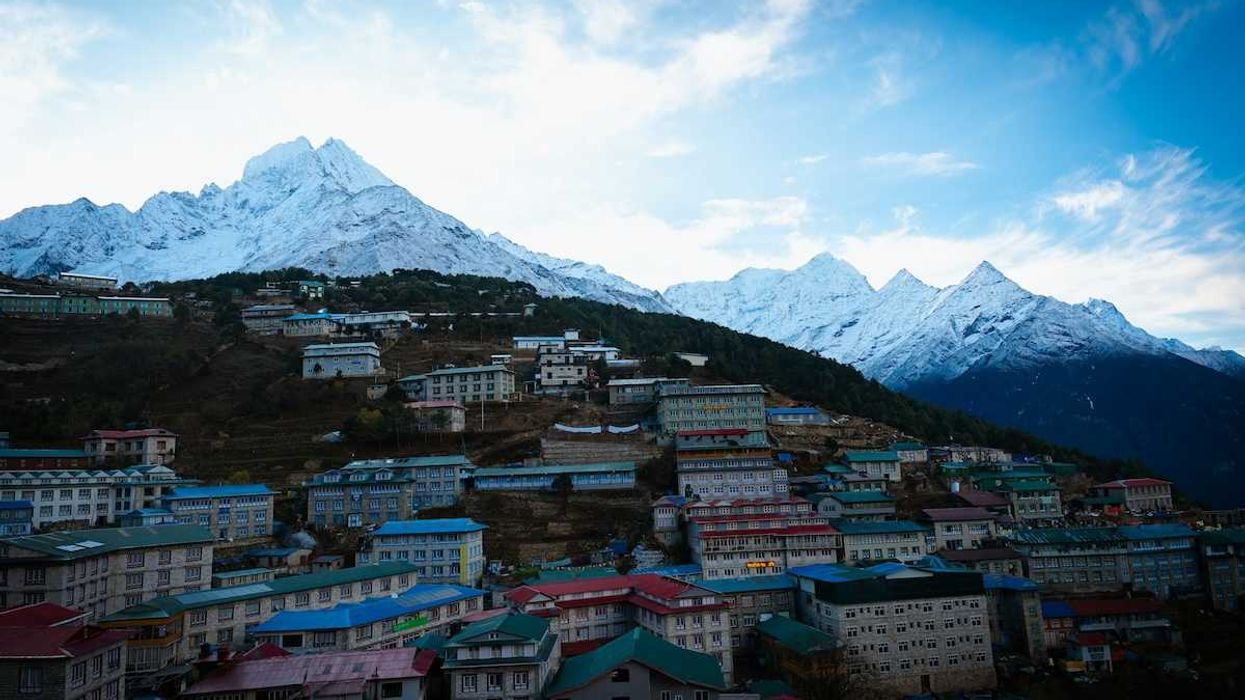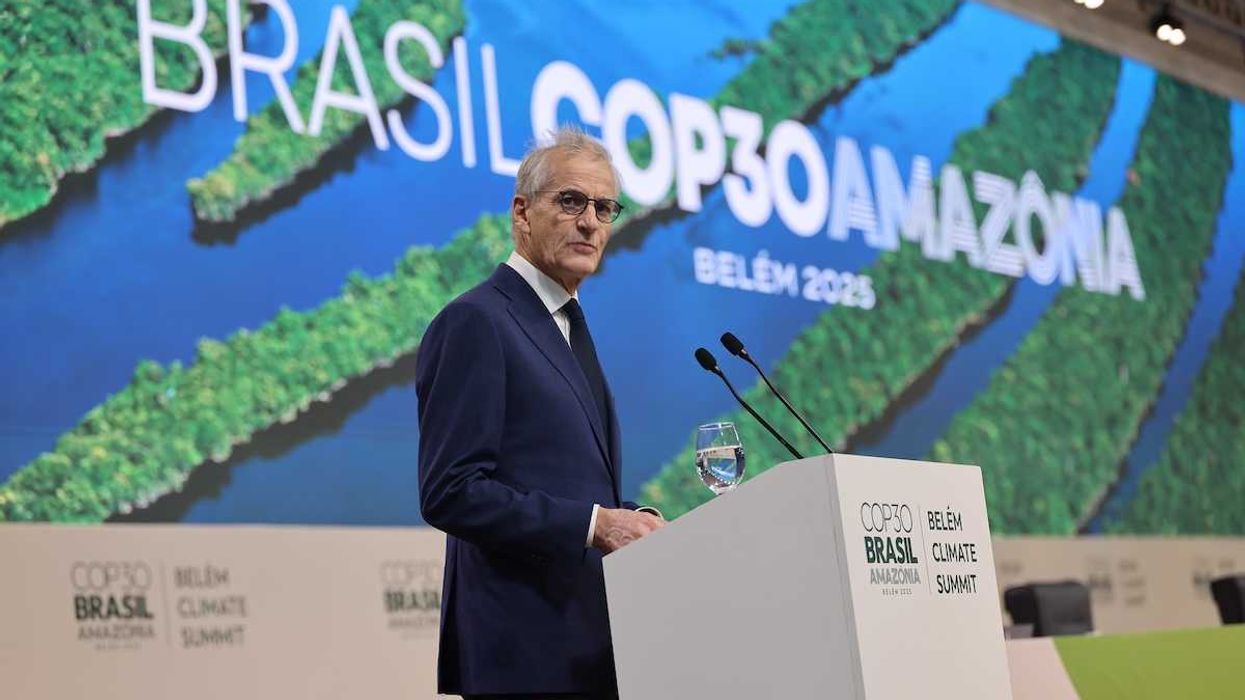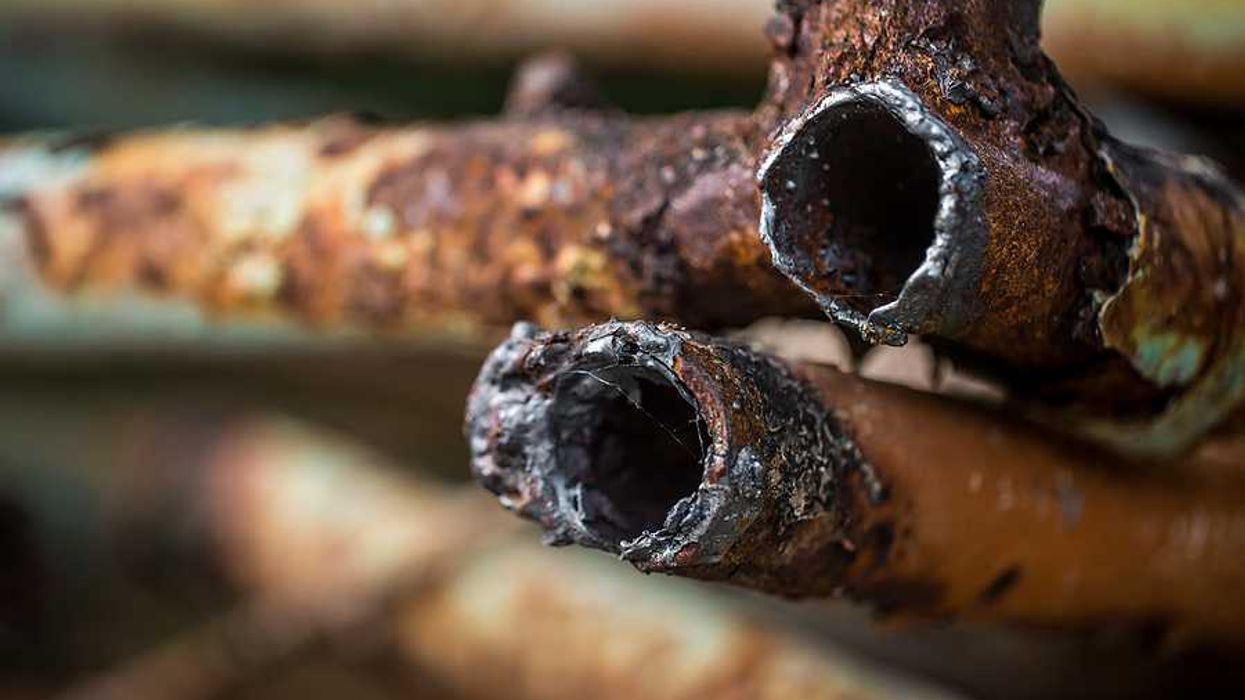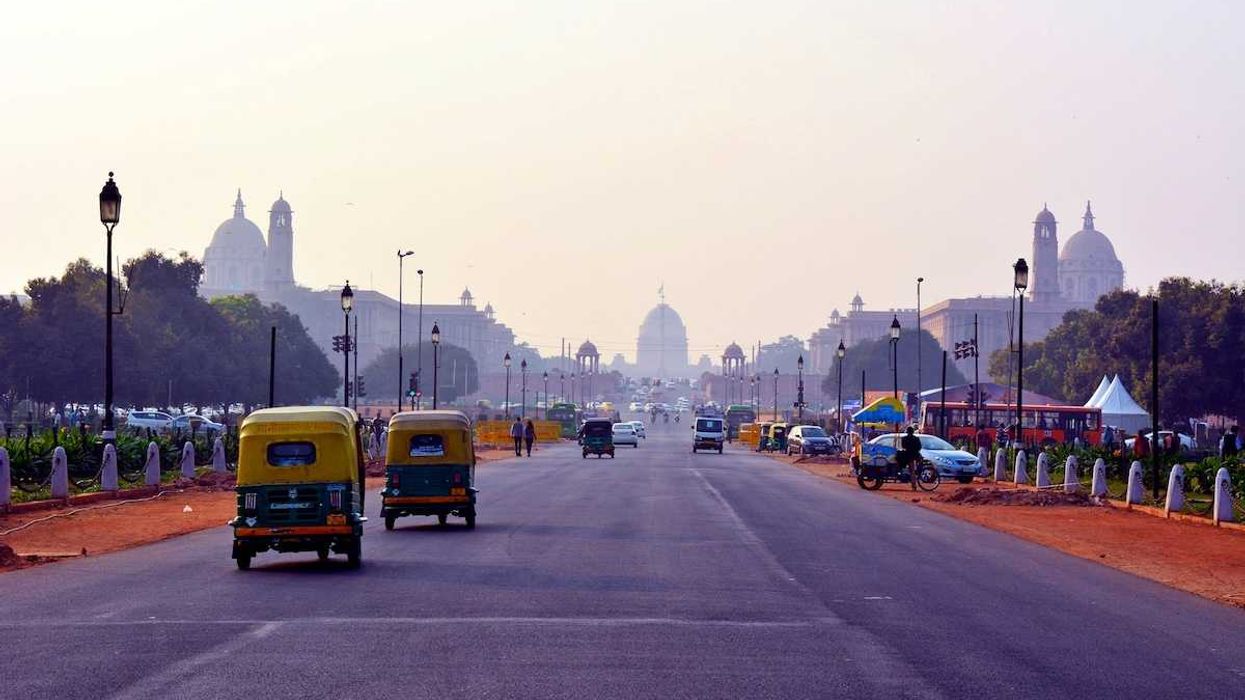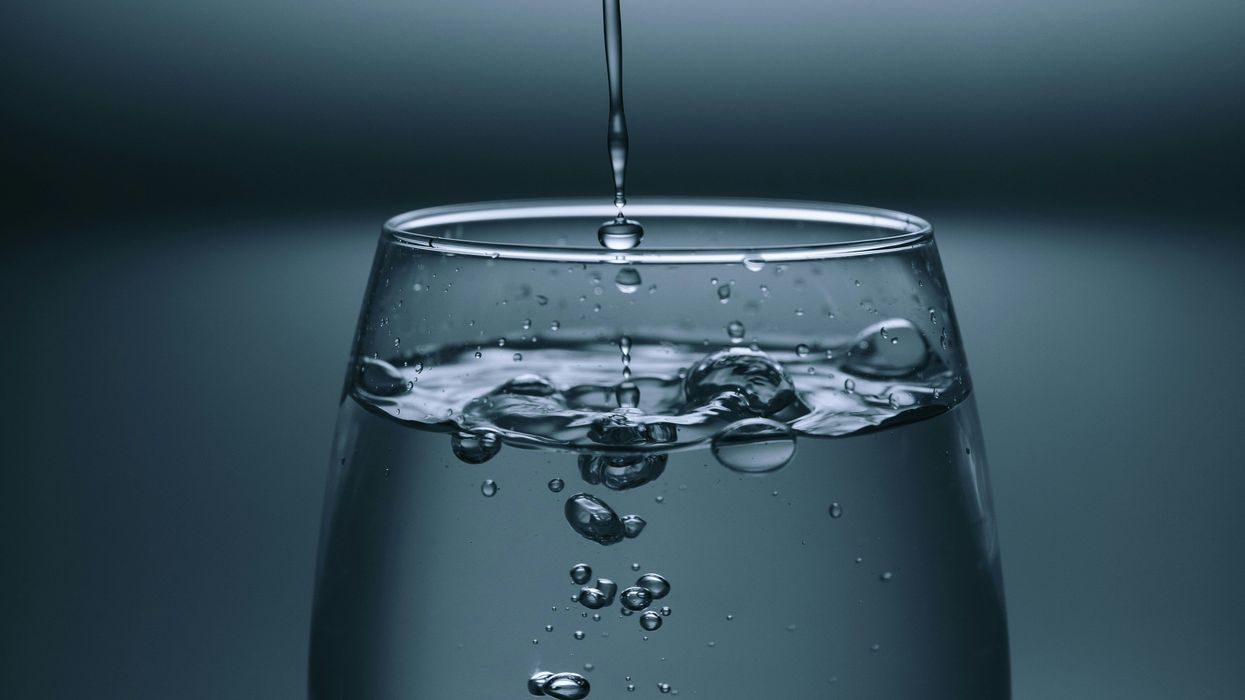Communities across the U.S. are reclaiming contaminated land by combining innovation, science and grassroots energy to create spaces that are clean, green and vibrant.
Claire Elise Thompson reports for Grist.
In short:
- Urban agriculture leaders in Chicago’s Auburn Gresham neighborhood turned a contaminated lot into the Green Era Campus, using diverse remediation strategies to build a hub for composting, food production and community education.
- The Mi’kmaq Nation in Maine is testing hemp’s ability to absorb PFAS, or "forever chemicals," from soil, advancing research on low-cost, plant-based remediation.
- Phytoremediation and other community-led cleanups are creating healthier spaces while addressing the legacy of environmental racism and industrial contamination.
Key quote:
"Phytoremediation is very accessible. You don’t need a degree, you don’t need specialized training. As long as you know how to grow plants, then you would be able to do it."
— Chelli Stanley, founder of Upland Grassroots
Why this matters:
Transforming polluted land into usable spaces improves community health and resilience. By turning toxic spaces into thriving ecosystems, community leaders are proving that healing the land can heal people too. Read more: How fungi could help clean up our biggest toxic messes.




